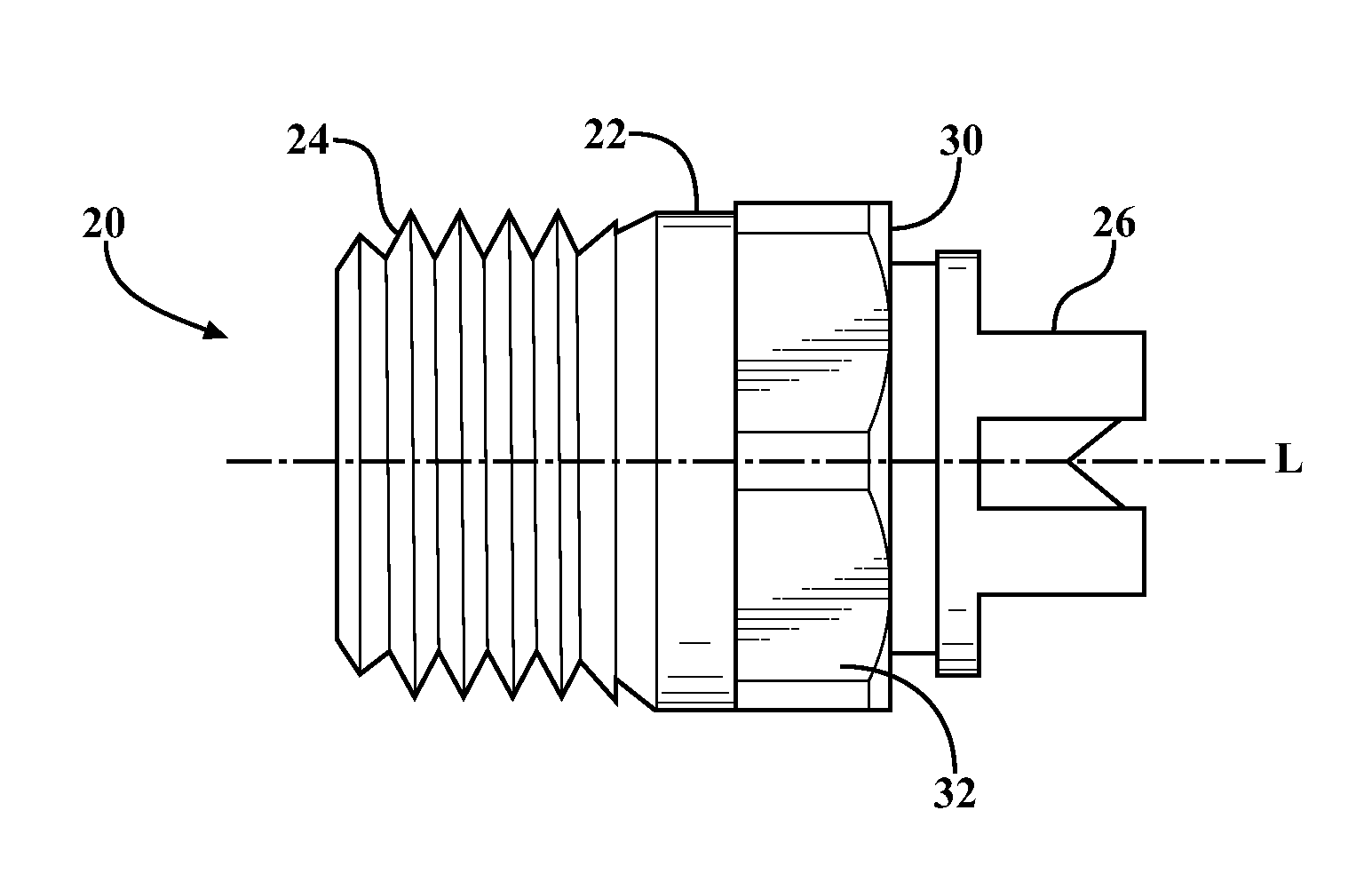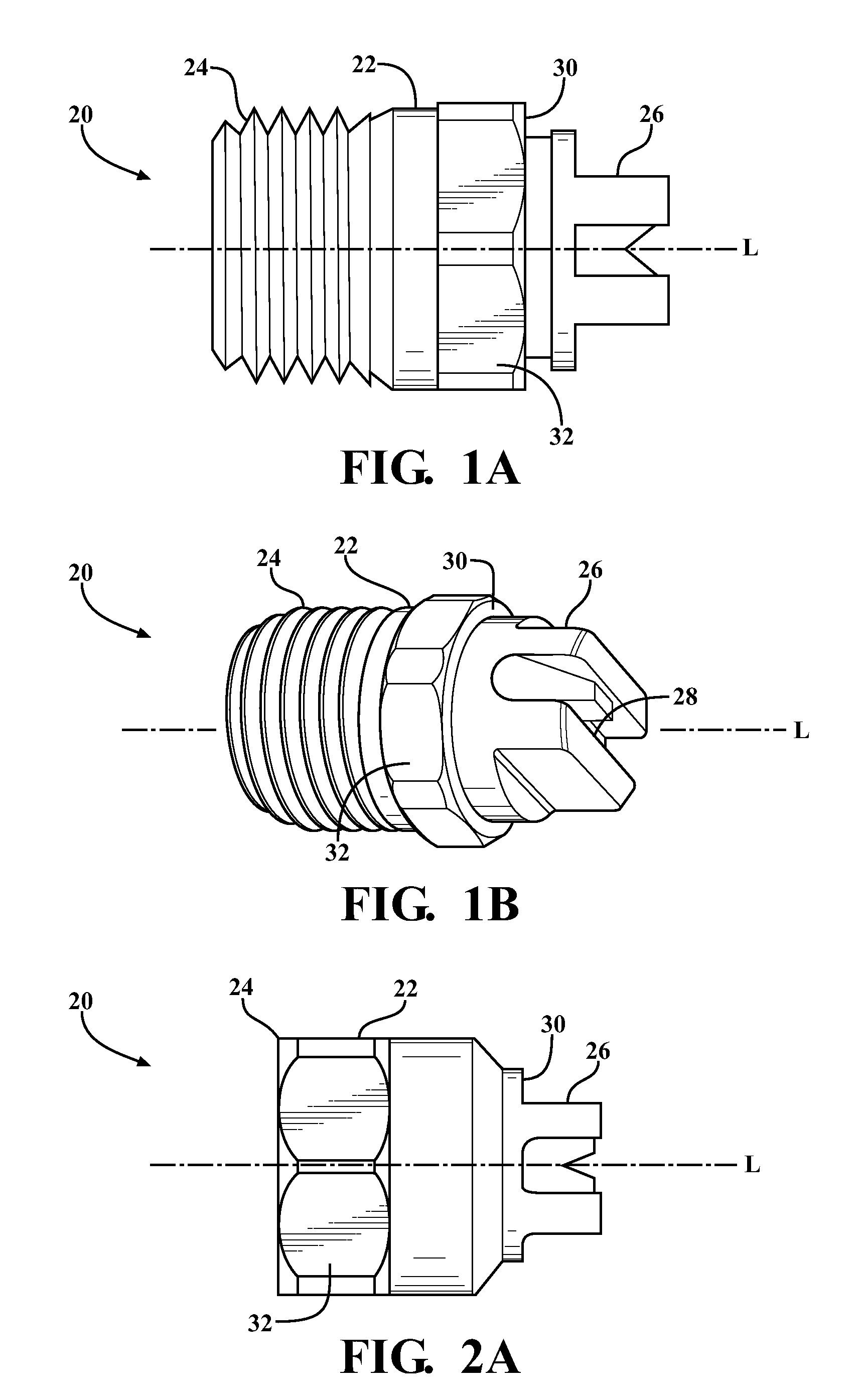Method for minimizing emissions while forming a polyurethane foam
a technology of polyisocyanate and emissions, which is applied in the direction of superimposed coating process, liquid/solution decomposition chemical coating, manufacturing tools, etc., can solve the problems of generating potentially dangerous emissions, requiring respirators, eye, skin and respiratory system irritation, etc., and achieves the effect of minimizing emissions of polyisocyana
- Summary
- Abstract
- Description
- Claims
- Application Information
AI Technical Summary
Benefits of technology
Problems solved by technology
Method used
Image
Examples
examples
[0092]A mixture (Mixture 1) of a polyisocyanate and a resin composition of this invention is formed and is sprayed onto a surface according to the method of this invention. A comparative mixture (Comparative Mixture 1) including the same polyisocyanate and a comparative resin composition is also formed and sprayed onto a surface but not according to this invention. During spraying, concentrations (i.e., emissions) of the polyisocyanate in the air are measured according to OSHA Method 47 and reported below.
Formation and Spraying of Mixture 1:
[0093]The chemical composition of Mixture 1 is as follows:
Polyisocyanate:
[0094]The Polyisocyanate is methylene diphenyl diisocyanate (MDI) that is commercially available from BASF Corporation. The Polyisocyanate is combined with the Resin Composition described below at an Isocyanate Index of about 115.
Resin Composition:
[0095]The Resin Composition includes the following wherein the parts by weight are per 100 parts by weight of the Resin Compositi...
PUM
| Property | Measurement | Unit |
|---|---|---|
| pressure | aaaaa | aaaaa |
| radius | aaaaa | aaaaa |
| pressure | aaaaa | aaaaa |
Abstract
Description
Claims
Application Information
 Login to View More
Login to View More - R&D
- Intellectual Property
- Life Sciences
- Materials
- Tech Scout
- Unparalleled Data Quality
- Higher Quality Content
- 60% Fewer Hallucinations
Browse by: Latest US Patents, China's latest patents, Technical Efficacy Thesaurus, Application Domain, Technology Topic, Popular Technical Reports.
© 2025 PatSnap. All rights reserved.Legal|Privacy policy|Modern Slavery Act Transparency Statement|Sitemap|About US| Contact US: help@patsnap.com



